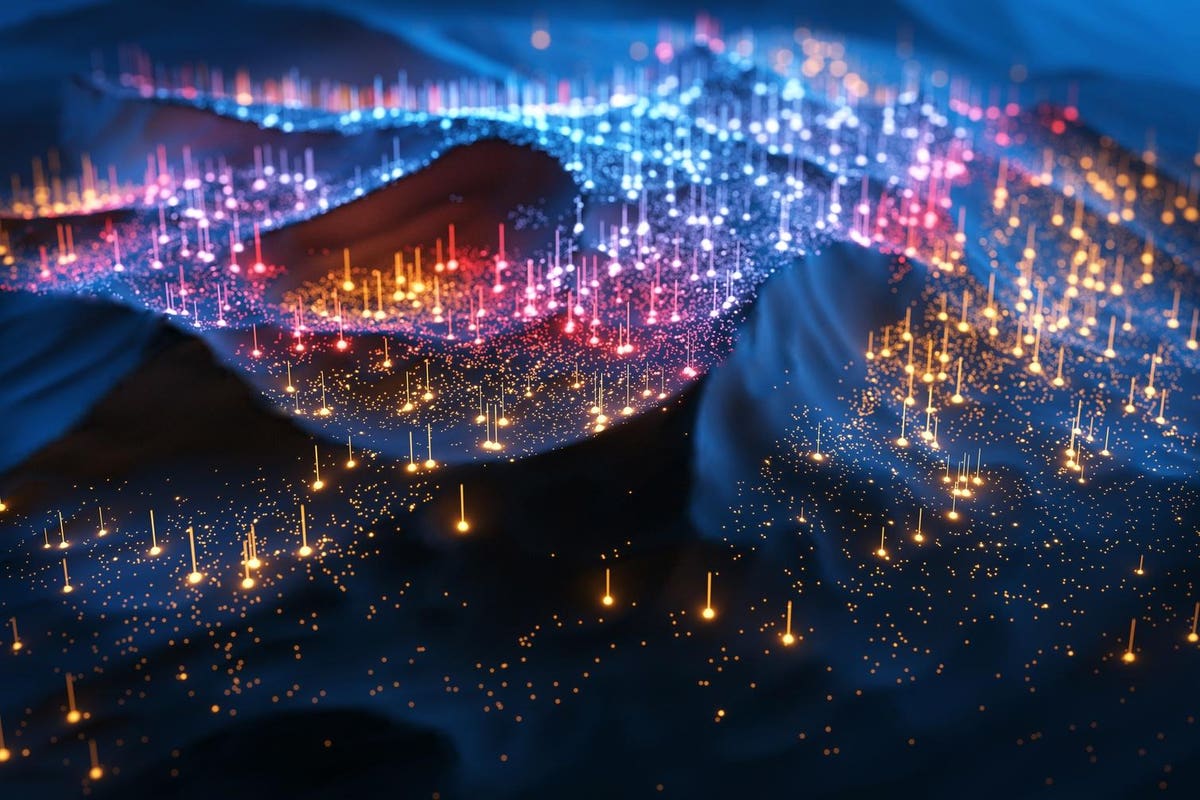Khurram Akhtar – Co Founder of ProgrammersForce.
Artificial intelligence has lately been reshaping nearly every sector of the economy. It’s behind emerging technologies such as robotics, the Internet of Things (IoT), big data and generative AI like ChatGPT and AI art generators. Around 44% of companies are interested in investing seriously in AI. In addition, IBM inventors received 2,300 AI-related patents in 2021.
It seems clear that artificial intelligence is going to change the world. The question is, how?
Evolution Of AI
Historically artificial intelligence had advanced a great deal since 1951 when Christopher Strachey created a checkers program at the University of Manchester that could complete an entire game. Over the past decade, artificial intelligence has evolved rapidly; its applications range from sequencing RNA for vaccines to modeling human speech using algorithms, models, etc.
Researchers at the Future of Humanity Institute at Oxford University have published the results of their AI survey, “When Will AI Exceed Human Performance?” The survey results found that most respondents expect machines to write school essays by 2026, self-driving trucks to replace drivers by 2027, and outperform humans in retail positions by 2031. By 2030, the global economy could gain up to $15.7 trillion by utilizing artificial intelligence.
Industries That Are Adopting Automation And AI
Modern AI, specifically “narrow AI,” has already affected many industries utilizing data-driven models. 4Degrees cofounder and CTO David Vandegrift recently stated, “I think anybody making assumptions about intelligent software capabilities capping out at some point are mistaken.” Big companies like Google, Amazon, Microsoft and Apple spend billions on artificial intelligence and automation every year; universities are integrating AI into their curricula; and the U.S. Department of Defence is stepping up its AI game. While some sectors are new to AI, others have already embraced it. Nonetheless, they all still have a way to go.
• AI In Transportation
It seems inevitable that autonomous vehicles will someday ferry us from place to place, despite their numerous current flaws. It is anticipated that autonomous taxis will be available in Tokyo in the spring of 2023. In contrast, Waymo has been developing autonomous vehicles since 2010 and started testing them on public roads in 2018. However, mass production hasn’t yet begun.
There is also the matter of predicting travel delays. Air transportation, in particular, is plagued by delays; UC Berkeley estimates that delays have cost the U.S. alone $32.9 billion. However, AI is already being used to predict more flight delays ahead of time, as well as delays for cars, buses and trucks.
• AI In Healthcare
In the healthcare sector, AI has already revolutionized the way humans interact with it. Ai can detect and monitor diseases more efficiently and quickly using big data. With deep learning AI, diseases can be detected faster, custom treatment plans can be created, and some processes can be automated, like drug discovery. Healthcare delivery can also be improved, safety can be increased and costs can be reduced.
• AI In Education
AI has already changed learning and teaching methods, continuously redefining how everyone learns. By using automated content, users can efficiently access information in a variety of formats. Machine learning and neural networks can assist students in learning as well as detect plagiarism. Currently and in the future, AI could make learning more personalized and relevant for each student.
• AI In Media
A growing part of the journalism industry uses artificial intelligence and will continue to do so. For example, Automated Insights, developed by The Associated Press, produces thousands of earnings reports. Previously, writing a document might take three to four hours, but now a skilled person might only need 15 to 20 minutes to read and edit an AI-generated article. A few countries, such as China, Japan, India and Kuwait, have debuted AI-generated news anchors, enhancing the broadcasting industry further. AI is also being used to mimic art, although this has raised issues and concerns about compensation and plagiarism.
Balancing AI With Human Interaction
Artificial intelligence holds revolutionizing potential across industries. Generally, AI can be divided into two categories: automation and augmentation. By automating, we can eliminate the need for human labor, and by augmenting, we can use AI to enhance the intelligence and performance of human beings.
People are finding innovative ways to utilize artificial intelligence in the workplace. However, AI must work with humans to truly increase business productivity and efficiency. For example, articles written by generative AI still need human modification. One of the most concerning issues is the phenomenon of AI hallucination, which is when AI tools generate plausible but factually inaccurate or unrelated outputs. A CNN report recently disclosed that corrections had to be issued to dozens of their stories that were AI-generated, including edits deemed “substantial.” This is why human oversight in AI is crucial. The benefits of using AI tools could be canceled out if the data provided by AI in bookkeeping was incorrect or miscalculated or if a piece of news posted online without human supervision contained factual errors.
Businesses and individuals need to weigh the pros and cons before implementing AI. However, there seems to be no end to AI’s possibilities, and leaders across industries are wisely wondering how AI affects and challenges their businesses and how they can discover and overcome these in their industry.
Forbes Business Council is the foremost growth and networking organization for business owners and leaders. Do I qualify?
Read the full article here





